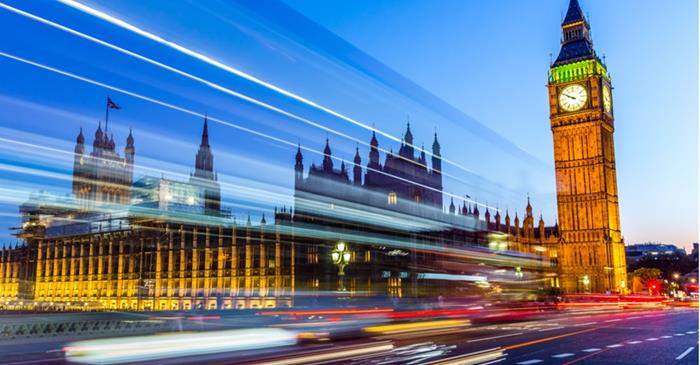With the cost-of-living squeeze at the forefront of the minds of households and businesses, Chancellor Rishi Sunak used his Spring Statement to steady the economic ship being battered by waves of soaring inflation, petrol and energy bills, rising interest rates, tax increases and global financial uncertainty.
Resilience and security were the key pillars of the Chancellor’s speech.
Spring 2022 Statement and Tax Tables
The Office for National Statistics says inflation rose from 5.5% in January to a 30-year high of 6.2% in February. And the price of goods leaving UK factories has also been rising substantially and is now at its highest rate for 14 years,
This reduces the Chancellor’s room to manoeuvre as higher inflation and interest rates increase government debt interest repayments to a projected £83bn this year and puts extra pressure on public finances.
Businesses and individuals are already braced for the 1.25% tax hike in National Insurance Contributions (NICs) and dividends tax from April, the freezing of tax allowances causing fiscal drag, and the planned rise in corporation tax. Despite many calls for him to delay the NIC increase, the Chancellor is standing by it.
However, to soften the blow for those most affected, he announced a small, 12-month cut in fuel duty (although wiped out by price rises) and a substantial rise in the threshold from July 2022 at which employees start paying NICs, and a substantial rise in the Employment Allowance from April 2022 to help employers.
The NIC threshold increase should result in an overall tax cut for employees earning less than £35,000, despite the 1.25% NIC rise, according to the Institute for Fiscal Studies (IFS). The Resolution Foundation says it is a tax cut worth £300 per employee.
He has also promised to cut 1p off income tax by 2024. (Contrast that with the proposed 6% increase in Corporation Tax to 25% from April 2023).
However, the NIC threshold increase and a promised cut in income tax to 19% are effectively funded out of the freezing of personal allowances until 2026 bringing more people into the 40% tax bracket through inflation and wage rises. So, as noted by the IFS, by 2026 virtually all workers will be paying more tax.
Sunak is keen to provide incentives to industry to invest more as part of a new culture of enterprise, including tax relief for innovation and training. He is reviewing the Apprenticeship Levy and making the R&D tax relief regime more generous. More details to follow on how this will be done.
We can expect to see more substantial measures in the Autumn Budget. The question is, can the economy wait that long, or will there be a spring of discontent requiring a Summer Statement?


